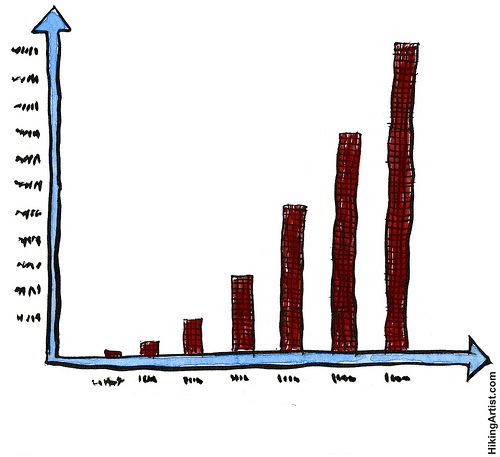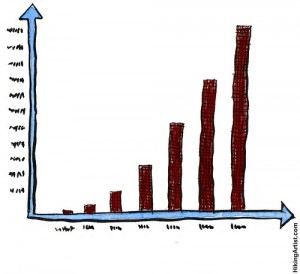
Self-Publishing Statistics: Women fare better than men at making money from self-publishing
 Self-Publishing Statistics: Women fare better than men at making money from self-publishing
Self-Publishing Statistics: Women fare better than men at making money from self-publishing
By Patricia de Hemricourt
The recently published Taleist survey of self-published writers gives a fascinating insight in the brave new world of self-publishing.
Based on a panel of 1007 self-published respondents, the survey clearly shows that not everyone is equal when it comes to self-publishing. Of these respondents,
- 40% had been writing seriously for more than 10 years, 60% said they had been at it for more than 5 years and only 10% in 10 admitted writing seriously for less than a year.
- 2. 53% self-published for the first time in 2011, with 20% in 2010. Those who self-published for the first time in 2011 published 2.8 books on average. 90% of the respondents said they would continue to self-publish and 30% had never even submitted their work to a publishing house.
- 41% paid for cover design.
- 29% paid for proofreading or editing
- 72% are based in the US and 9% in the UK
Yet, before examining the inequalities, let’s have a quick reality check for those who think that self-publishing is the latest get rich quick scheme. It isn’t… A mere 97 respondents (less than 10%) reported making enough money from their self-published books to live from their pen. More than half the respondent earned less than $500 and a quarter of the respondents did not even recoup their initial investment. The average yearly earnings of self-published authors was barely above $10 000, not quite enough to become rich.
To get their books to market, respondents said they had spent, on average, $685 on direct costs. 54% of authors had already recouped their costs and if sales continued at their present rate, 68% could be expected to be “in the black” within 12 months of publication.
Keeping into account that a small group of self-publishing authors were earning about 75% of the reported revenue, the inequalities are even starker.
So what are the factors that make the difference between the Top Earners (the respondents who said they could live off their royalties) and the others?